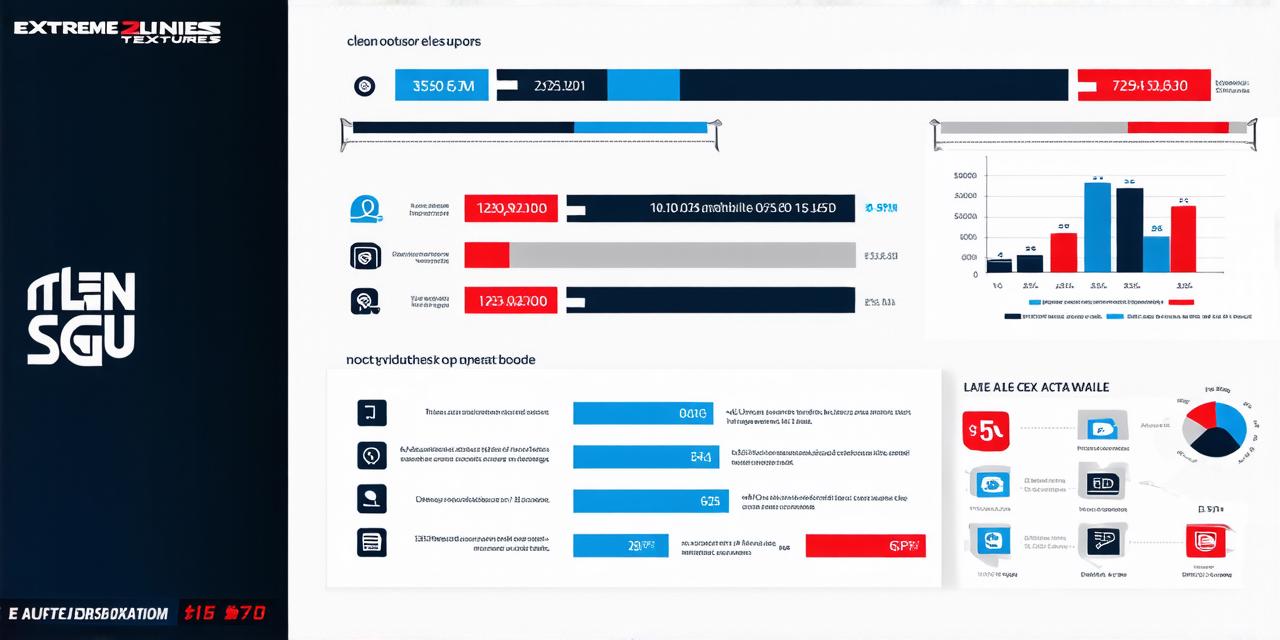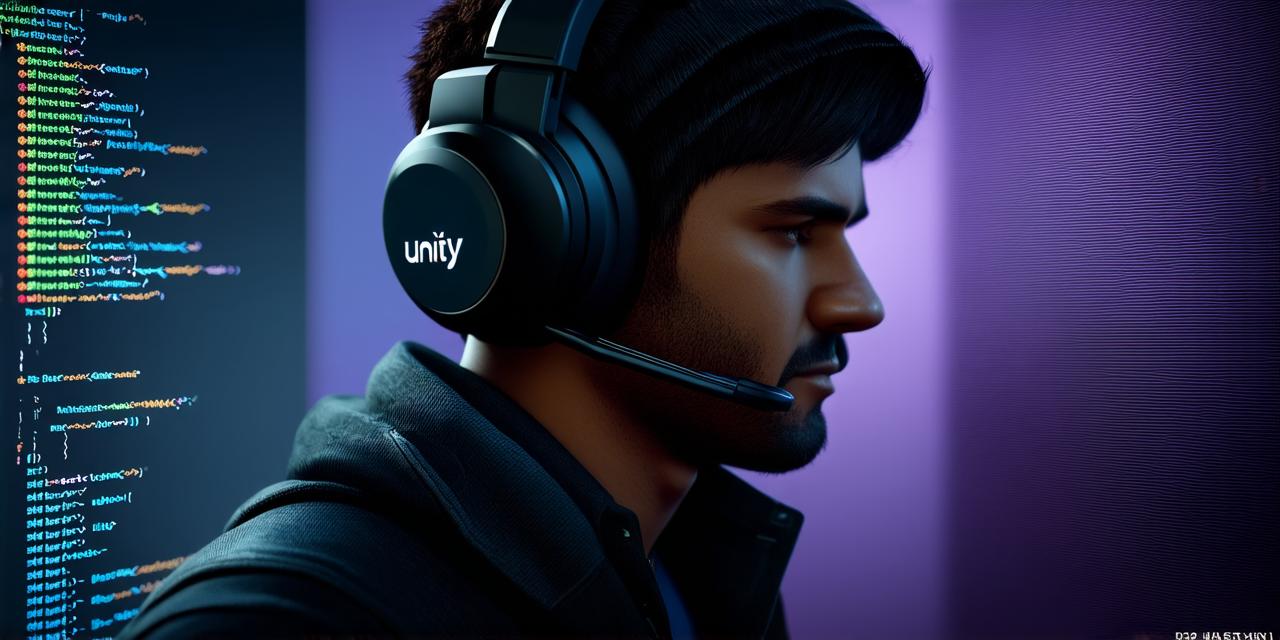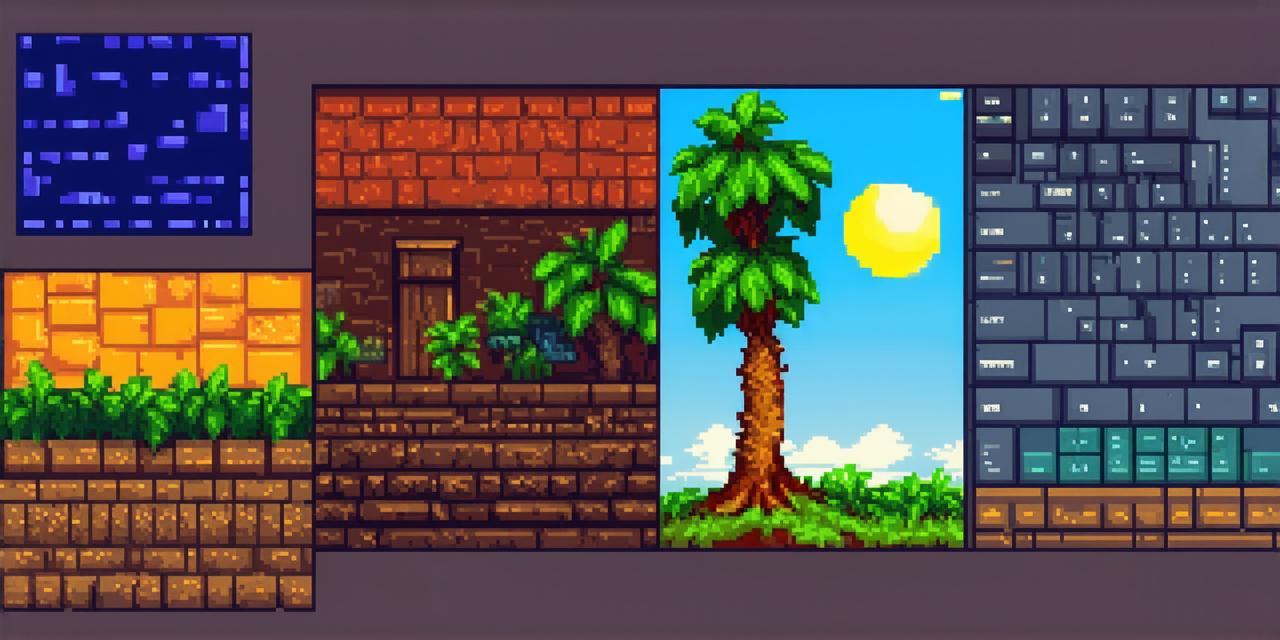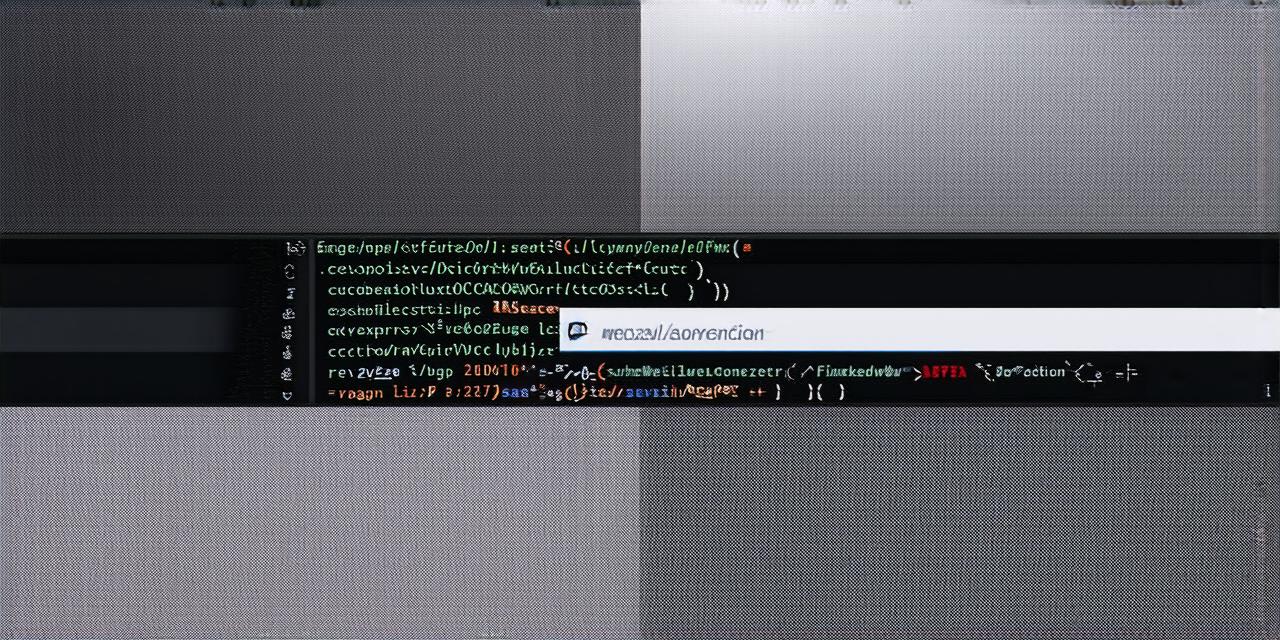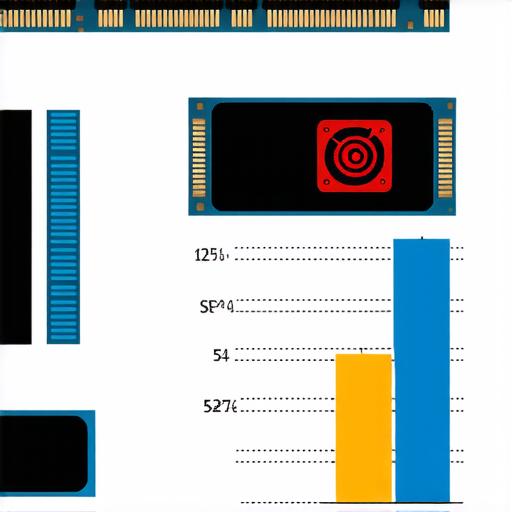
Does Unity rely more on the CPU or GPU? This is a common question among Unity developers. The answer is that both the CPU and GPU play an important role in Unity, but the balance depends on several factors.
The CPU (Central Processing Unit) is responsible for executing code and performing calculations. It handles tasks such as script execution, physics simulation, and animation. In Unity, the CPU is used to run scripts and handle certain types of user interactions. However, the CPU alone cannot render graphics, so it must communicate with the GPU (Graphics Processing Unit) to display visuals.
The GPU, on the other hand, is responsible for rendering graphics. It handles tasks such as texture mapping, lighting, and shading. The GPU is optimized for performing parallel calculations quickly, which makes it ideal for handling complex 3D rendering tasks. In Unity, the GPU is used to render graphics, including textures, lighting, and effects.
The balance between CPU and GPU usage in Unity depends on several factors, such as the complexity of the scene, the number of objects, and the type of graphics being rendered. For example, a simple scene with few objects may rely more heavily on the CPU, while a complex scene with many objects and advanced graphics effects may rely more heavily on the GPU.
In conclusion, both the CPU and GPU play an important role in Unity. The balance between their usage depends on several factors, including the complexity of the scene, the number of objects, and the type of graphics being rendered. To achieve optimal performance in Unity, it’s essential to optimize both the code and the graphics for efficient use of resources.
